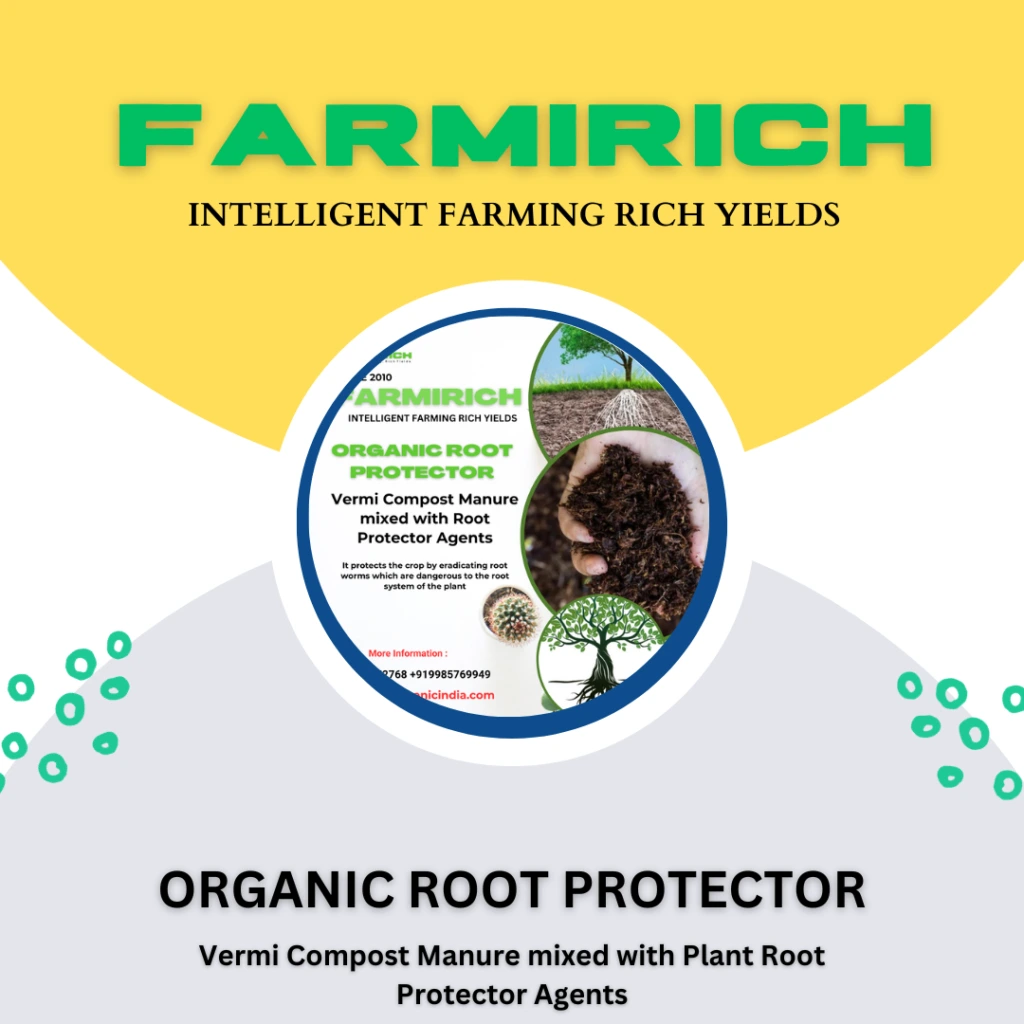Plant roots are vital components of plants that serve various essential functions. They are typically found underground and are responsible for a range of crucial processes.
key aspects of plant roots:
Anchorage: One of the primary functions of plant roots is to anchor the plant in the soil. This anchorage provides stability, preventing the plant from toppling over in strong winds or heavy rains.
Water and Nutrient Absorption: Roots are responsible for absorbing water and essential nutrients from the soil. They have specialized structures, such as root hairs, that increase the surface area for absorption. Water and nutrients are transported through the root system to the rest of the plant.
Storage: Many plants store reserves of carbohydrates and other nutrients in their roots. These stored resources can be used during periods of drought, extreme cold, or for supporting new growth in the spring.
Transport: Roots serve as the conduit for transporting water, nutrients, and other compounds from the soil to the rest of the plant. This transport occurs through the plant’s vascular system, including the xylem (for water and minerals) and phloem (for organic compounds).
Interaction with Soil Microorganisms: Roots facilitate interactions with beneficial soil microorganisms. Mycorrhizal fungi form symbiotic relationships with plant roots, aiding in nutrient absorption and enhancing the plant’s overall health.
Anchorage for Soil Conservation: The presence of plant roots in the soil helps prevent erosion by binding the soil particles together and reducing the likelihood of topsoil loss.
Oxygen Exchange: Roots need oxygen for respiration. They exchange gases with the soil, taking in oxygen and releasing carbon dioxide.
Adaptation to Environment: Different plant species have various types of root systems adapted to their specific environments. For example, some plants have fibrous root systems, while others have taproots. These adaptations help plants thrive in different conditions.
Propagation: In some cases, plant roots can be used for vegetative propagation. This involves taking cuttings from a parent plant’s roots and encouraging them to grow into new plants.
Support for Aerial Parts: In addition to anchorage, roots can provide additional support to above-ground structures, such as stems and branches, as is the case with adventitious roots in some plants.
Environmental Monitoring: Roots can sense changes in the soil environment, such as moisture levels and the presence of toxins. This information is transmitted to the rest of the plant, allowing it to respond to changing conditions.





